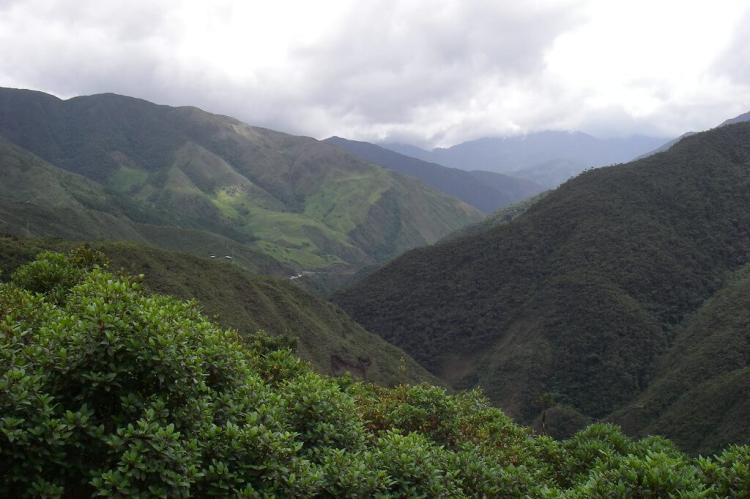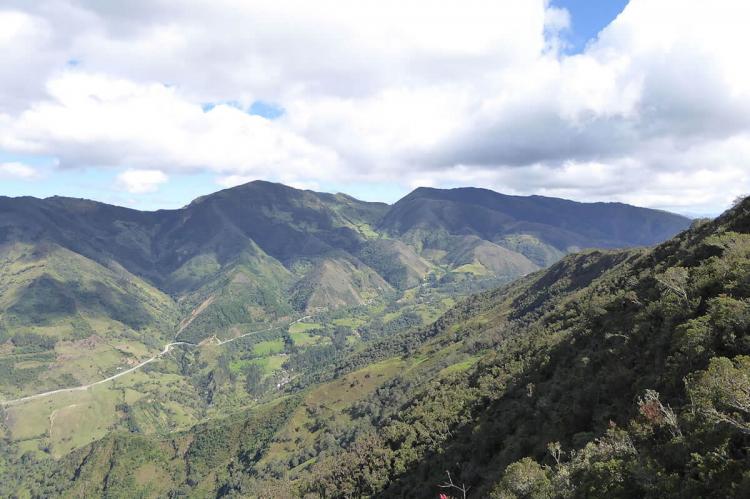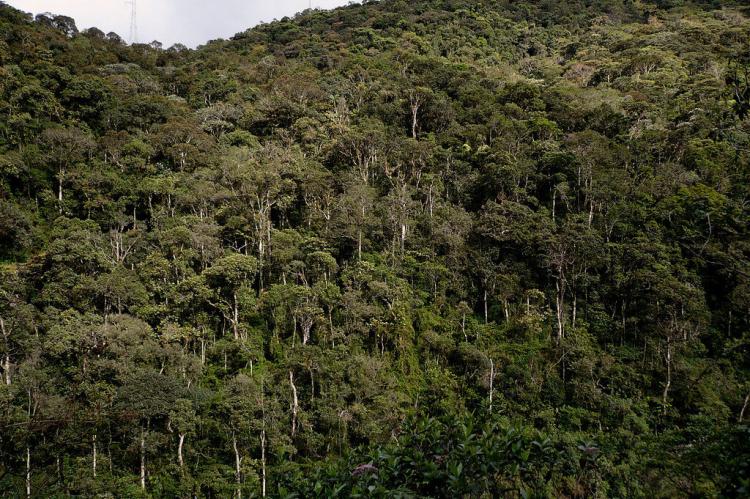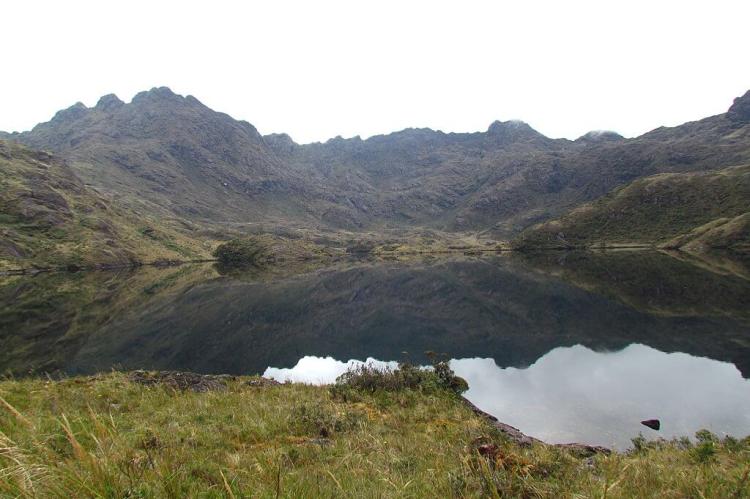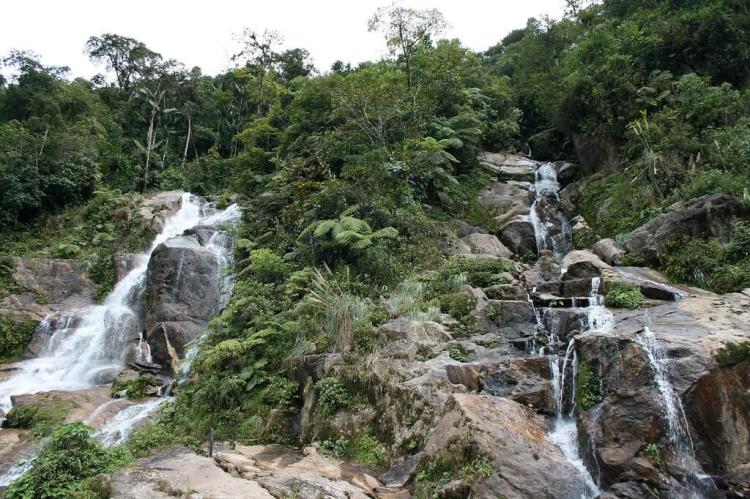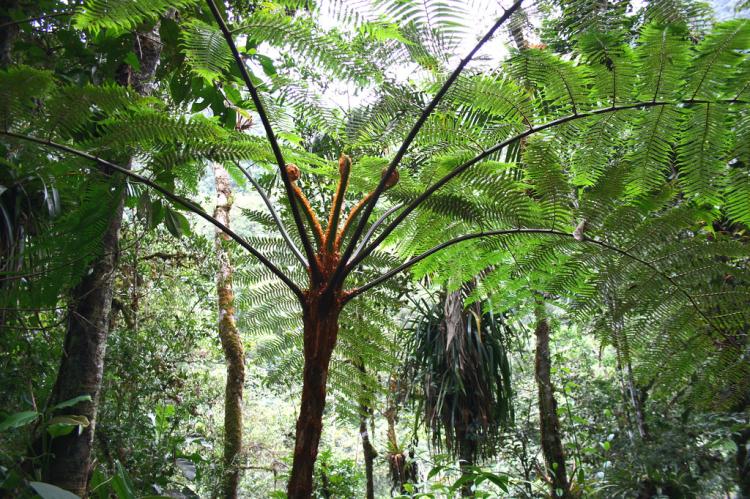Podocarpus National Park: Ecuador's Biodiversity Haven
Podocarpus National Park is a remarkable natural sanctuary in southeastern Ecuador. Positioned at the confluence of four ecological systems, it is part of the Podocarpus-El Condor Biosphere Reserve and is renowned for its immense biodiversity and unique ecosystems.
Exploring Podocarpus: Ecuador's Megadiverse Natural Sanctuary
Podocarpus National Park, located in the southeastern provinces of Zamora Chinchipe and Loja in Ecuador, is a remarkable natural sanctuary spanning 146,300 hectares (360,000 acres). This park, part of the Podocarpus-El Condor Biosphere Reserve, is renowned for its immense biodiversity and unique ecosystems. Positioned at the confluence of four ecological systems—the Northern Andes, Southern Andes, Amazonian, and Pacific regions—Podocarpus National Park is a treasure trove of endemic species and diverse habitats.
Geographic and Ecological Overview
Location and Topography
The park extends from the eastern range of the Ecuadorian Andes down to the basins of the Nangaritza, Numbala, and Loyola rivers. This vast expanse encompasses a range of elevations, from lower montane rainforests at approximately 1,000 meters (3,300 feet) to high-elevation elfin forests and páramo vegetation at 3,000 meters (9,800 feet). Among the park's notable features is the complex of over 100 lagoons, with the Lagunas del Compadre being among the most famous.
Ecological Zones
Podocarpus National Park is categorized as a megadiverse zone due to its unique positioning at the intersection of multiple ecological regions. The park comprises two primary environmental zones: the upper premontane section, characterized by tropical cloud forests, and the lower subtropical section, known for its subtropical forests. These zones support a wide variety of flora and fauna, making the park one of Ecuador's most biologically rich areas.
Flora: A Botanical Wonderland
Plant Diversity
The park's flora is exceptionally diverse, earning it the nickname "Botanical Garden of America." With an estimated 3,000 vascular plant species, including many yet to be discovered, Podocarpus National Park is a haven for botanists and nature enthusiasts. The park's high and low mountain-forest ecosystems, particularly those in the Nudo de Sabanilla pass and the humid mountain and premontane forests of the Numbala River basin, are home to over 4,000 plant species.
Notable Plant Species
Among the towering trees of the park are species that reach up to 40 meters (130 feet) in height, such as the romerillo (Podocarpus glomeratus), which gives the park its name. Other significant species include the Cinchona, the national tree of Ecuador, and a diverse array of orchids. The park also hosts a variety of other plant species, including chilca (Baccharis sp.), laurel, San Pedro cactus, black elder, pumamaqui (Oreopanax sp.), cedar, castor oil plant, walnut, and canelón (Swartzia littlei).
Fauna: A Sanctuary for Wildlife
Mammals and Birds
Podocarpus National Park is home to an extraordinary variety of wildlife. The mammalian fauna include the speckled bear, puma, Andean fox, giant armadillo, jaguar, mountain tapir, and the Pudú, the world's smallest deer. Birdwatchers can delight in spotting up to 500 registered bird species, including exotic and threatened species like the coppery-chested jacamar, Equatorial graymail, Peruvian antpitta, and bearded guan.
Endangered Species
The park provides critical habitat for several endangered and threatened species. Conservation efforts are crucial for protecting these species and maintaining the park's biodiversity. The presence of rare animals, such as the jaguar and the mountain tapir, underscores the importance of preserving this ecological haven.
Conservation and Significance
Biosphere Reserve
As part of the Podocarpus-El Condor Biosphere Reserve, Podocarpus National Park plays a vital role in regional conservation efforts. The park's diverse ecosystems and high level of endemism make it a focal point for ecological research and biodiversity conservation.
Scientific and Ecological Value
Despite considerable research, many species within the park remain undiscovered, highlighting the need for ongoing scientific exploration. The park's unique ecological systems provide valuable insights into the complex interactions between plant and animal species, making it an important site for environmental studies.
Conclusion
Podocarpus National Park stands as a testament to Ecuador's rich natural heritage. Its diverse ecosystems, vast array of plant and animal species, and critical role in conservation efforts make it a jewel of biodiversity. As a meeting point of multiple ecological systems, the park offers a unique glimpse into the natural wonders of the Northern Andes, Southern Andes, Amazonian, and Pacific regions. Protecting and preserving this ecological treasure is essential for future generations to appreciate and understand our planet's incredible diversity of life.
